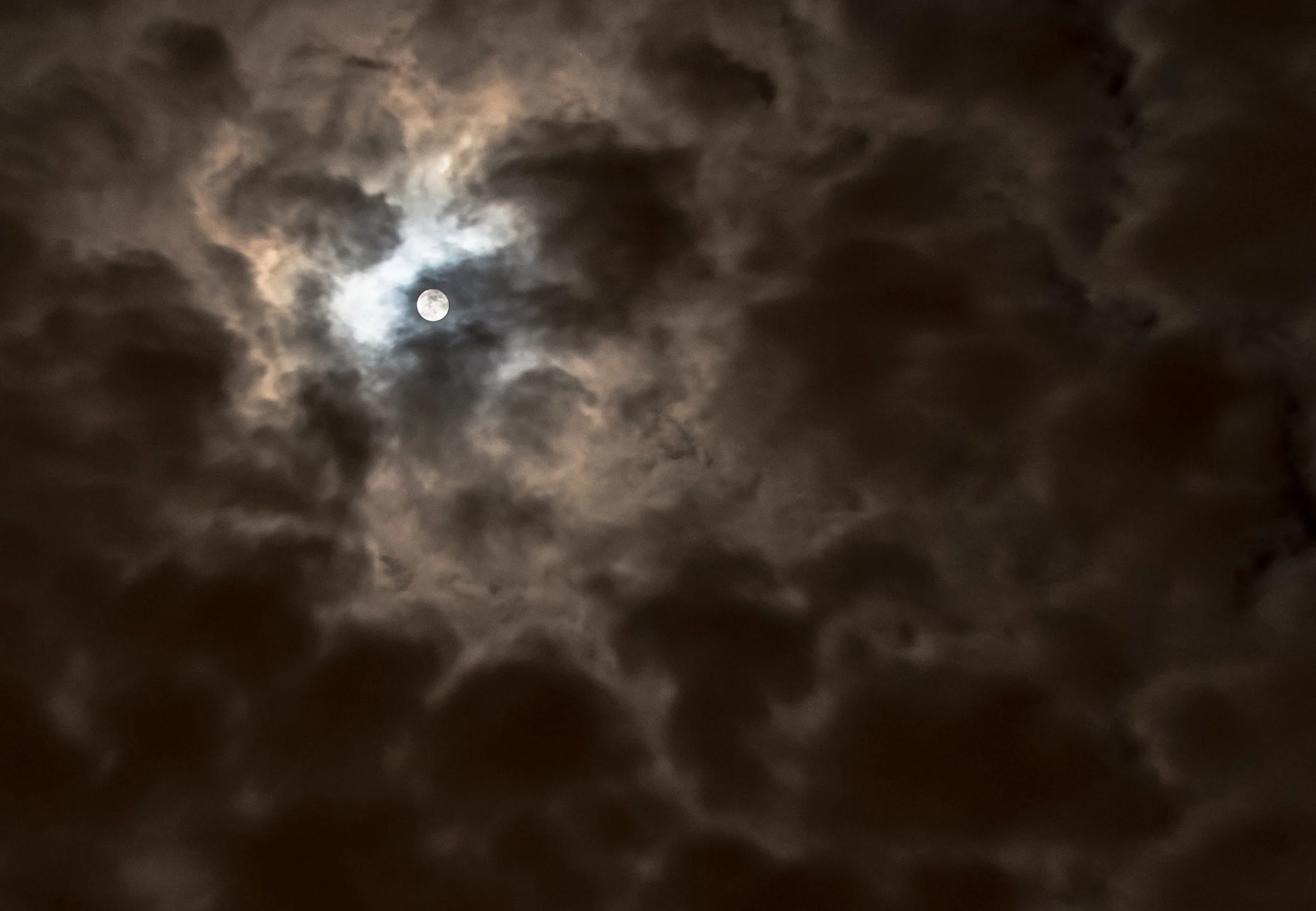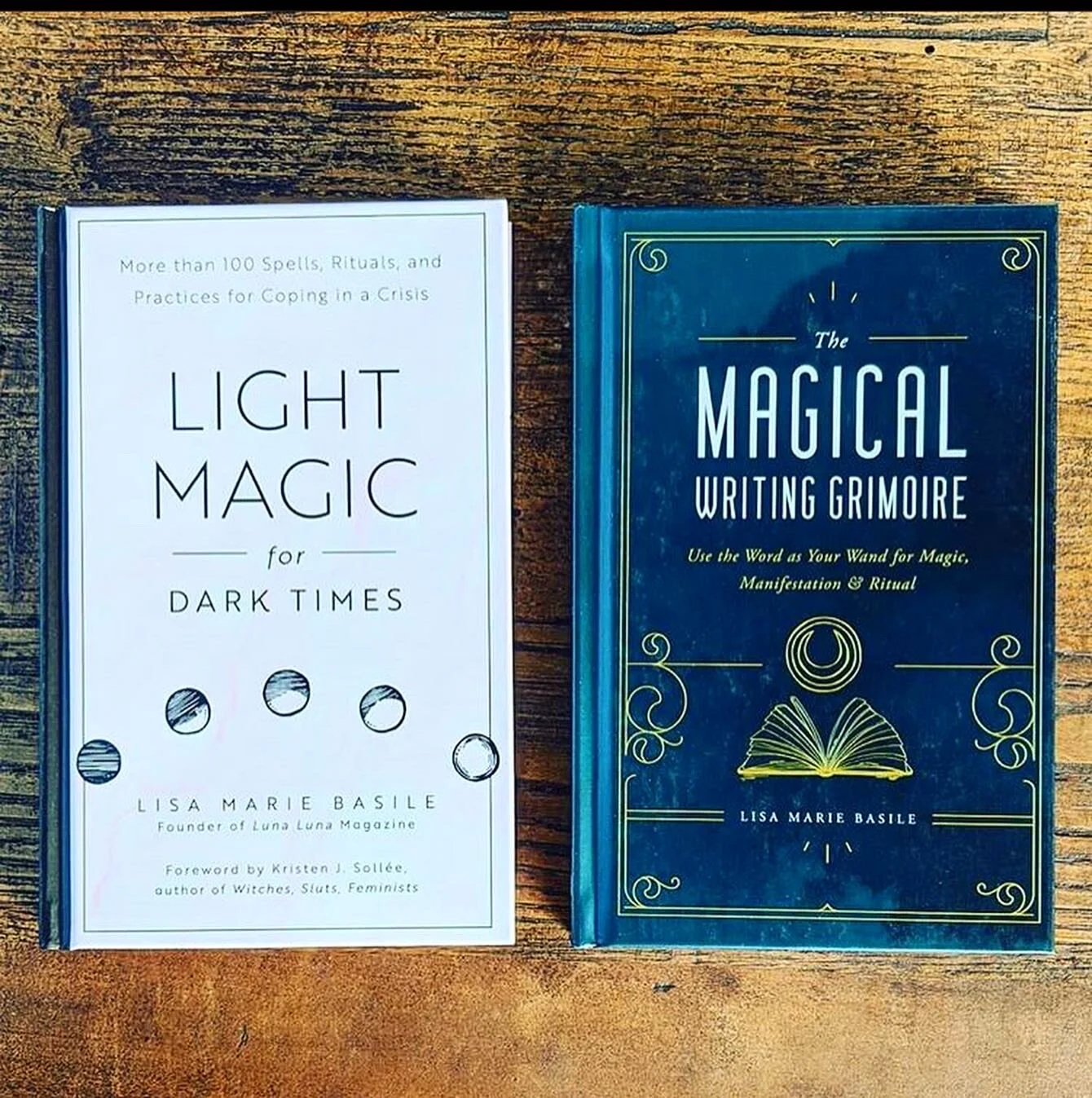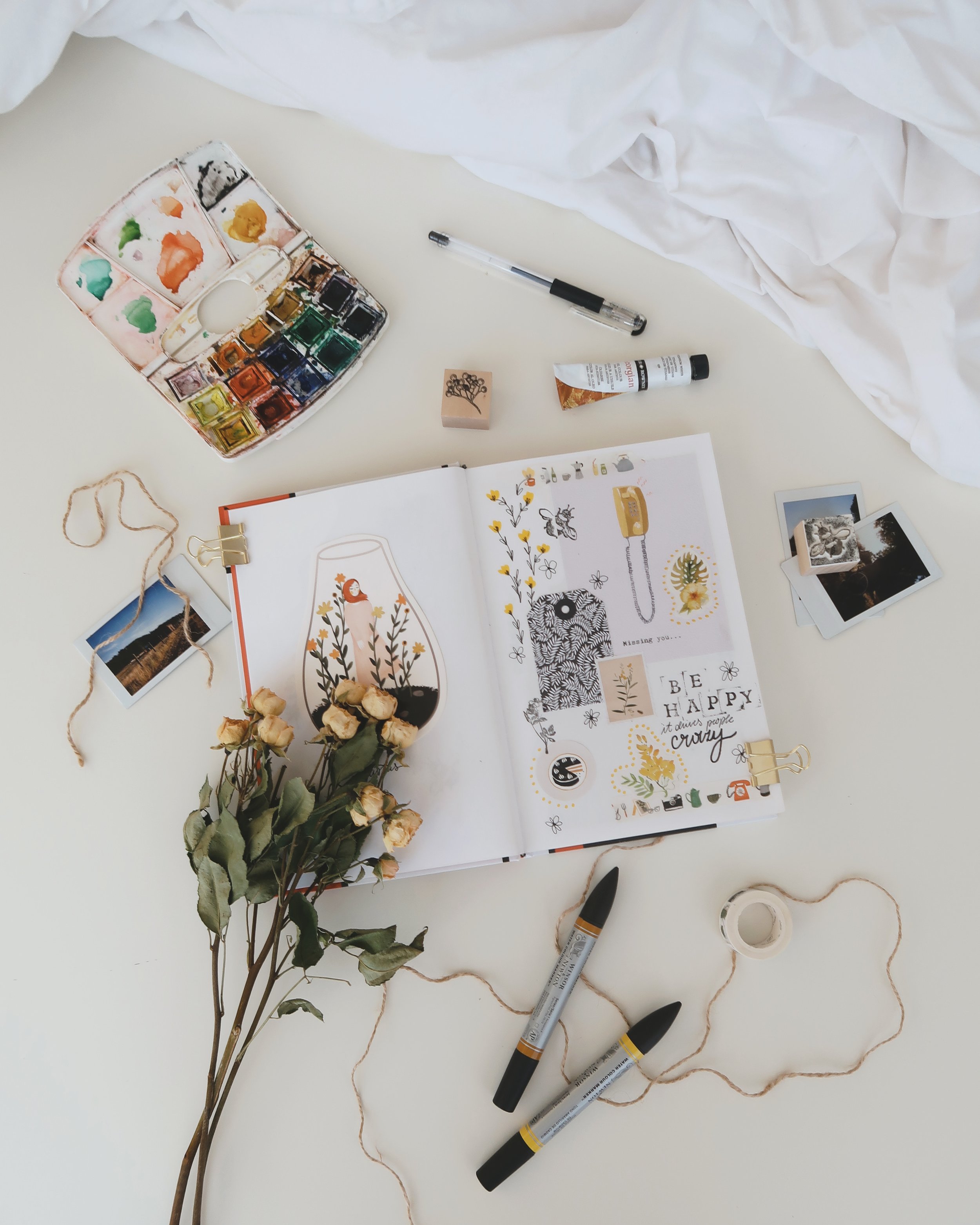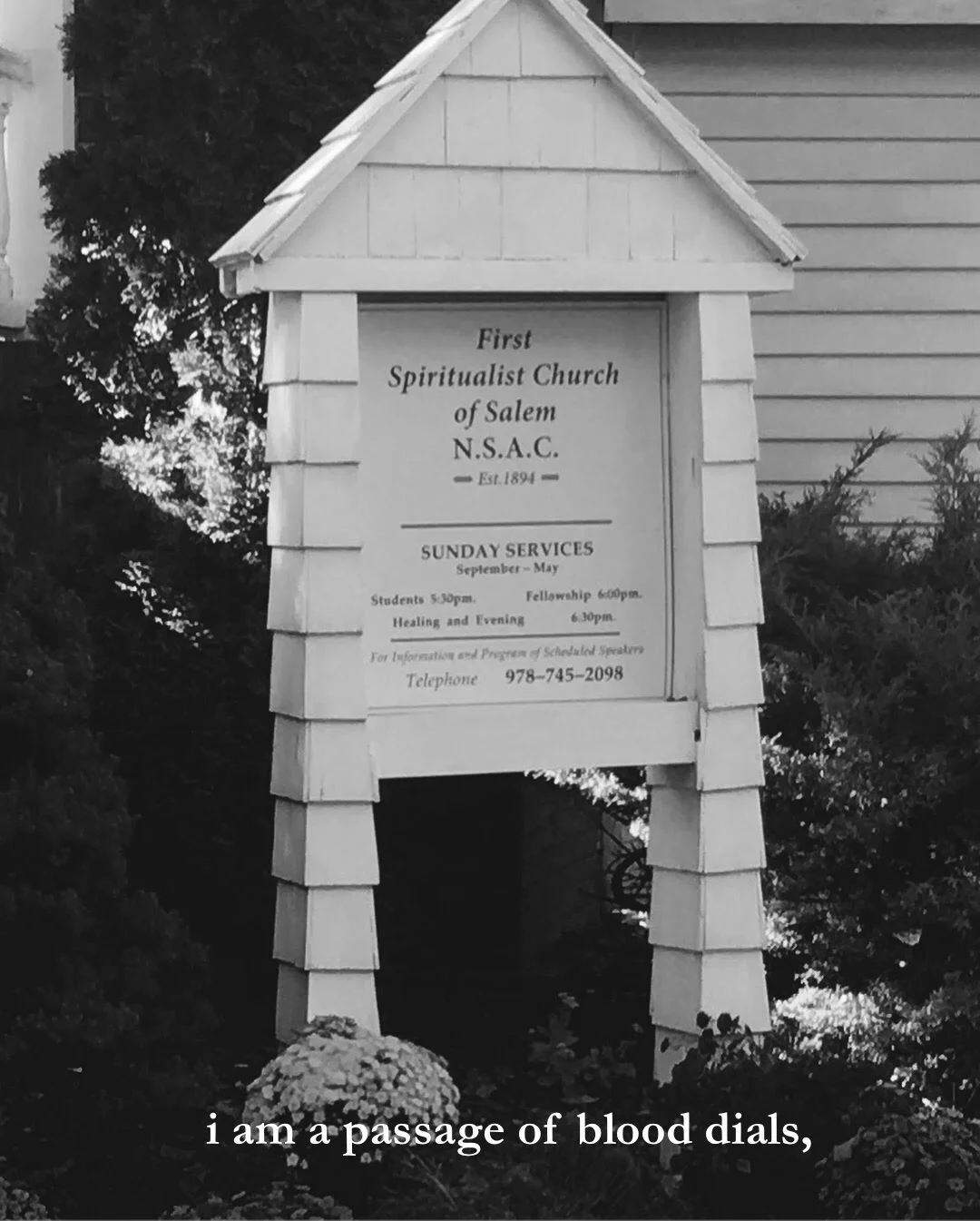BY ALECIA LYNN EBERHARDT-SMITH
One school day, when I was a young teenager, my guidance counselor called my mother to tell her she needed to pick me up. I was being sent home for the day because they found out I was "cutting"—using cuticle scissors to carve stripes into my thighs and lower belly. My mother brought me to the diner and bought me lunch, and over french fries and grilled cheese sandwiches, she admitted she’d had no idea what I’d been doing, or how emotionally confused I was at the time.
I’m in the middle of reading Reviving Ophelia by Dr. Mary Pipher, and from what I’ve learned thus far, my experience is far from rare. Dr. Pipher explains how the hormonal craze of puberty and the new pressure of sexualization and gender roles combine to create an extreme change in many teenage girls—they become sullen, withdrawn, depressed, and reckless.
Eleven years later, I remember enough of my early teenage years to confirm that Pipher is on point. I had an extremely close-knit group of girlfriends, and nearly all of us were going through the same things. As Pipher puts it, teenage girls "have the mental equipment to pick up our cultural ambivalence about women, and yet they don’t have the cognitive, emotional and social skills to handle this information." We were finally old enough to be aware of the dysfunctions in our families and in society at large, and we were saddled with unfamiliar new bodies that got attention in ways we both loved and despised. Out of my five closest female friends, four had, like me, tried some form of self-harm during this time period. Not one of my male friends did the same.
Research backs me up on this; one European study suggests that over three times as many women self-harm than men (1 in 25 men and 1 in 7 women). So why are so many young girls cutting and burning themselves?
While both young men and young women experience puberty and stress in early adolescence, there is a loss of freedom that goes hand-in-hand with the feminine experience. While elementary-age girls believe that they can be "whatever they want to be," that illusion is shattered by adolescence.
"At this time, girls are expected to sacrifice the parts of themselves that our culture considers masculine [such as ambition, assertiveness, and strength] on the altar of social acceptability and to shrink their souls down to a petite size… Girls who speak frankly are labeled as bitches. Girls who are not attractive are scorned."
Simone de Beauvoir reiterates this idea, describing how "adolescence is when girls realize that men have the power and that their only power comes from consenting to become submissive adored objects… Girls who were the subjects of their own lives became the objects of others’ lives."
So while adolescence is a frustrating time for everyone, it is particularly frustrating for young women. And while men are taught to externalize their anger by yelling and fighting, that type of behavior hardly fits the "code of goodness" to which girls are expected to adhere. So often, the anger is turned inward, and expressed on their bodies, the cause of so many of their frustrations. By self-injuring, young women are simultaneously experiencing a catharsis of their anger and a sense of control over their bodies; the same desire for control influences the behavior of young women with eating disorders.
***
When I think back to the times that I cut, I remember feeling like a bubbling cauldron of confusion and emotions. My parents’ recent divorce was fairly amicable, but their breakup had still exposed me to the fact that all of us confront at one point or another—that our parents are just humans, like we are, who fuck up sometimes, and don’t always know what’s right. As the oldest sibling and the one in whom my mother confided, I became very aware of the ambivalence that our culture and I myself held about my mother. I understood the reasons that had led to her initiating the divorce, but still wanted to believe that mothers were supposed to sacrifice everything for their families. I was frustrated with her ability to put her own happiness first and I resented her, especially when she began to date new people.
My 13-, 14- and 15-year-old mind was also plagued with considerations of what was "slutty" and what was "prude," whether or not I was too flat-chested, and whether or not boys liked me. I had always struggled (and sometimes still do) with the fact that, despite my desire to be an independent, feminist woman (even as a young teen), I found so much of my validation in boys. I had never felt strongly emotional over any particular boy—I wasn’t pining for anyone, I don’t even think I actually liked any of them all that much. The issue, for me, was the need to feel loved and wanted by boys, to the extent that I was jeopardizing some of my female friendships. (I specifically remember one incident that felt soul-crushing to me at the time—my five close friends attempted to "replace" me with another girl because I craved male attention too much.)
I never felt that this was something I could discuss. Young women were not supposed to even be thinking about their sexuality, let alone exploring it, let alone questioning its role in their lives and the lives of other women. I felt that my emotions were too much, that I was wrong for feeling so strongly or asking so many questions.
***
Dr. Pipher emphasizes time and time again that adolescent girls have been mostly ignored by psychology research. Her book was written nearly two decades ago, but my experience with counseling following my self-harm stint didn’t portray much progress in the field of understanding teenage girls. It is my hope that we can continue to move toward a model of understanding the widespread sociology, and not just the individual psychology, that may be affecting and influencing the self-injurious behaviors of young women.
Alecia Lynn Eberhardt-Smith is a logophile and a library bandit wanted in several states. In addition to feminist rants, she also writes essays, short stories, bad poetry, recipes and very detailed to-do lists. She currently resides with her husband, one Dachshund and one pleasantly plump cat. Find her tweeting @alecialynn.































